Undergraduate research award winners reflect on their work
One award offered to Student Chapter members is the Undergraduate Research Award, which grants $1,000 to support each awardee’s summer research project. The deadline for this year’s award is March 5. Applicants must submit a research statement that includes details of the methods used for data collection and a clear summary of the proposed project.
 In her summer project, Helen Karimi of Wesleyan University studied short-lived catalytic intermediates.Courtesy of Helen Karimi
In her summer project, Helen Karimi of Wesleyan University studied short-lived catalytic intermediates.Courtesy of Helen Karimi
Undergraduate students who are members of the American Society for Biochemistry and Molecular Biology’s Student Chapters program have several opportunities to apply for awards and scholarships exclusive to the program.
In 2018, a dozen undergraduates at colleges and universities around the country received these awards. We asked some of them to summarize their summer research projects.
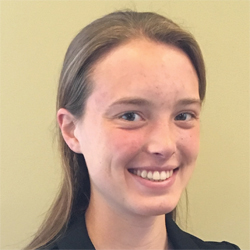 |
Alicia Bostwick, Hope College: |
 |
Allie Larson, Bemidji State University: |
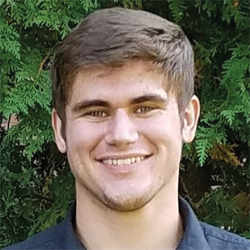 |
Nicholas Jodush, St. Bonaventure University: |
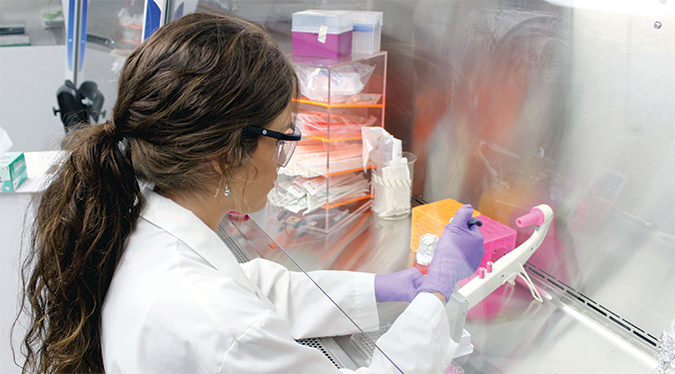
chemotherapeutic medications for cancer with an NHE1 protein inhibitor would induce a synergistic
effect, allowing for a reduction in drug dosage, decreasing patient discomfort.
 |
Caitlyn Turner, Trinity University: |
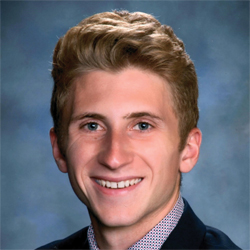 |
Colin Raposo, Tufts University: |
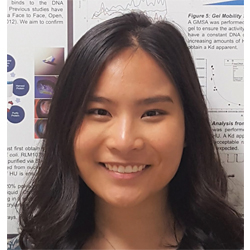 |
Charya Khun, Wesleyan University: |
Additional 2018 award recipients were Lokeshwar Bhenderu, University of Texas at Dallas; Tiana Fleming-Hogan, Duquesne University; Aravinda Ganapathy, Saint Louis University; Helen Karimi, Wesleyan University; Elliot Lowe, Towson University; and Grant Tillinghast, Wesleyan University.
For information on the 2019 Undergraduate Research Award program, visit the Student Chapters page or email Stephanie Paxson.
Enjoy reading ASBMB Today?
Become a member to receive the print edition monthly and the digital edition weekly.
Learn moreGet the latest from ASBMB Today
Enter your email address, and we’ll send you a weekly email with recent articles, interviews and more.
Latest in People
People highlights or most popular articles
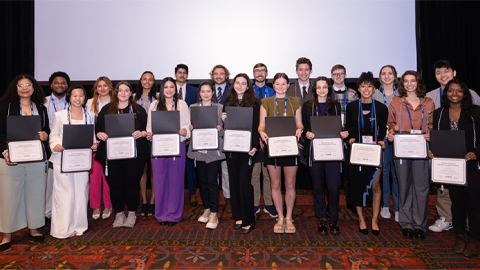
ASBMB inducts new honor society members
Chi Omega Lambda, which recognizes exceptional juniors and seniors pursuing degrees in the molecular life sciences, has 31 inductees in 2024.

2024 voter guide
Learn about the candidates running for ASBMB Council, Nominating Committee, Publications Committee and treasurer.

Charles O. Rock (1949 – 2023)
Colleagues and trainees remember a world expert in membrane lipid homeostasis.

Honors for Clemons, Hatzios and Wiemer
Awards, honors, milestones and more. Find out what's happening in the lives of ASBMB members.

Touching the future from the bench
Scholar, scientist, teacher and mentor Odutayo Odunuga discusses the important roles of the institutional PI, his journey and his research.

In memoriam: Darwin Prockop
He held leadership positions at multiple institutions and was known for his contributions to adult stem cell biology and cellular biology.

